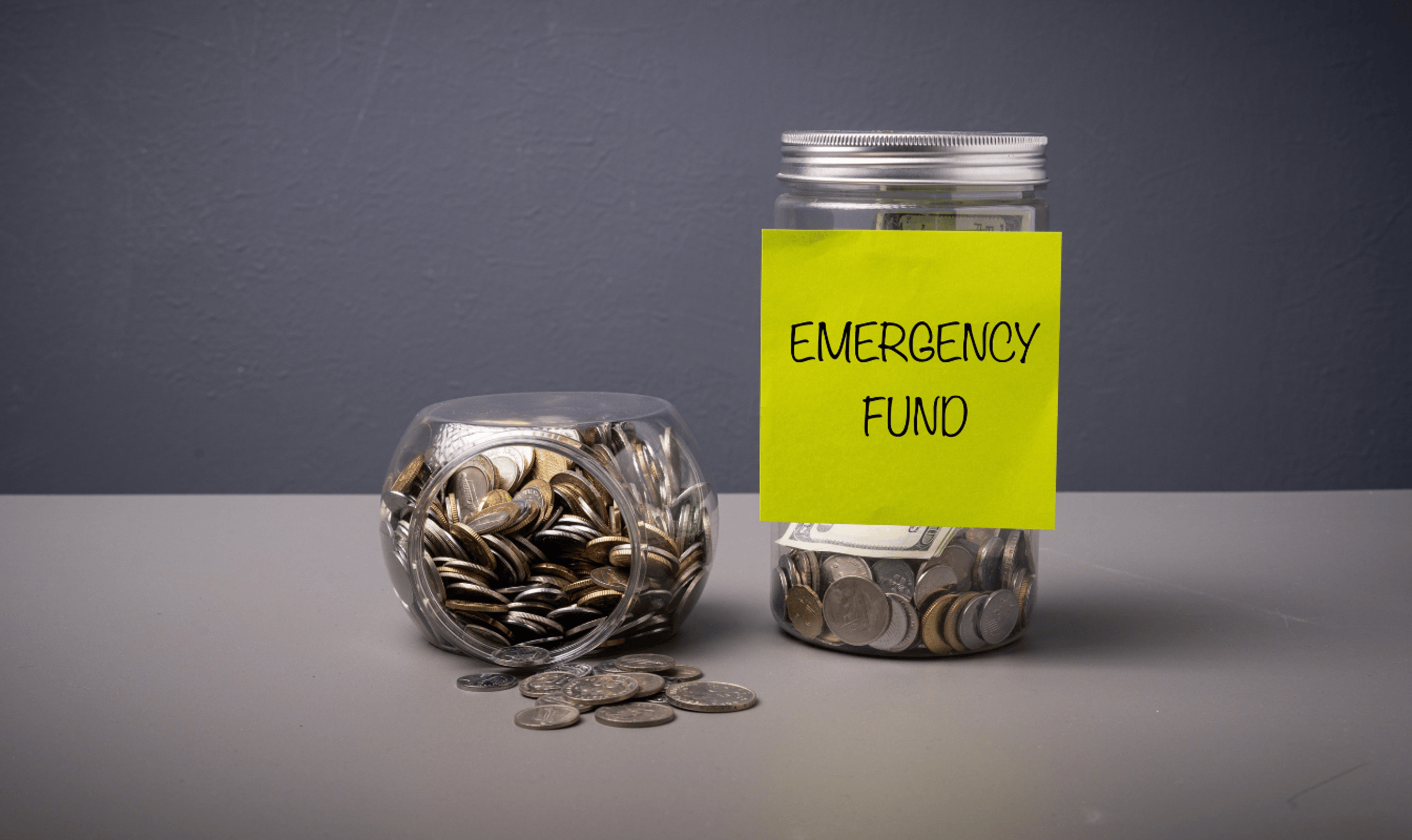Latest Posts
Your money should work for you.
Get the latest tips on how to plan for retirement and make better financial decisions.
Don't worry... we will NOT spam you!
The recent fear and concerns in the banking and financial sector due to failures at SVB, Signature Bank, (and others) have many of us wondering where we should keep cash savings. In short, most depositors and accountholders are safe with account values below the FDIC depositor insurance limit of $250K. And while the concerns and fragility of the financial sector might not be over yet – most credit unions, banks, and other institutions are well-capitalized and safe. Nonetheless, it is prudent to monitor and assess your financial relationships regularly.
More importantly, with the current interest rate environment, cash savers can get meaningful returns on liquid, cash savings through high-yield savings and money market funds. We believe individuals and families should use these accounts for emergency savings and short-term goals to optimize their financial picture and get a return on their cash savings.
Any money questions you’d like answered? Our Money Hacks series is created from conversations we have with employees, investors, savers, and all people planning for their financial futures. What topics are on your mind for our next episode?
Video Transcript:
Hey, this is Alex Assaley, and it's episode 102 of Money Hacks. Mid-March 2023, admittedly, we haven't done too many of these videos this year because we have been on a roll. There's a lot going on in the financial markets, in the retirement industry, and so we've been holding numerous 401k committee meetings and one-on-one financial coaching sessions.
Major legislation was passed at the end of the last year. It's going to be changing and enhancing 401k and 403b plans, and you'll see some of that over the course of the next three years. But today's video is about cash management and savings, where you're keeping your savings. Now, just coincidentally, at the end of last week and earlier part of this week, we've seen a bit of a banking crisis.
A lot of concerns and worries about the viability of certain banks and financial institutions. The FDIC and government stepped into the backstop and provide support to those institutions, and while I don't think we're in the clear just yet, for the vast majority of us our accounts, our assets that are held in banks, credit unions, and other financial institutions are safe.
They're within or under those FDIC or insurance limits or civic insurance limits for investment accounts, and for most people, it's not a reason to have a significant concern, but it's something to be aware of when it comes to your assets and where, and how you are investing or saving those assets in various accounts.
Now, that's just coincidental because we've been talking about savings accounts, and cash management for the last six-plus months in particular, and not a day goes by that we're doing one-on-one sessions that we meet with an individual, or couple, or a family where we think they're not maximizing or efficiently using their savings accounts and their cash management strategy.
What I mean by that is having too much money in checking or in traditional bank savings accounts, because in the current environment, we've seen this extreme increase in interest rates, and so today you can get a much higher yield in return safely in cash equivalents and cash liquid savings accounts by using high yield savings accounts or money market funds.
Additionally, I think there's great value in these types of accounts because they create a visual delineation between your spending money, money that you might use on a daily basis to maintain your lifestyle or that you can get access to at the snap of a finger compared to your short term investment or short term savings accounts and your emergency savings.
Emergency savings in particular is an account that should be your cash cushion. It's a foundational piece to financial security and financial success and ultimately, we recommend that you build up three to six months’ worth of your living expenses in emergency savings and some type of liquid cash equivalent safe account, but one that is earning interest.
And today that can mean hundreds or thousands of dollars a year in interest by having it in the right type of account. Typically, these accounts in mid-March 2023 are paying somewhere around 3 1/2%, 4%, or 4 1/2% annual interest. So, we think it's a really smart move so that you're optimizing your financial picture, that you're saving in an appropriate vehicle for short-term goals and emergencies, but also creating some visual sort of identification of spending accounts, savings accounts, investment accounts, and retirement assets.



